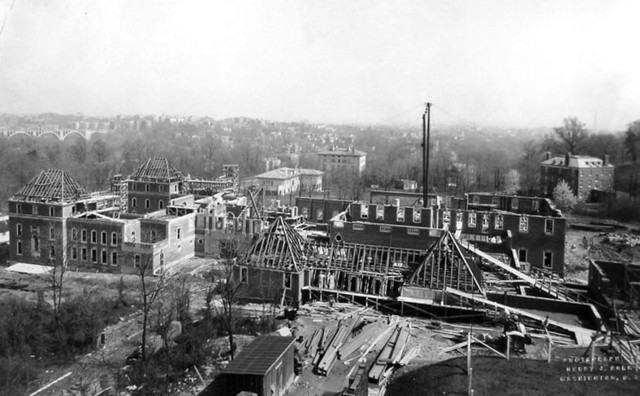
To complement and expand on his scholarly print publication, Room for Diplomacy: Britain’s diplomatic buildings overseas 1800-2000 (Reading: Spire Books, 2011), Mark Bertram (author, architect and official in the Foreign and Commonwealth Office) has produced an excellent website under the same name. It is a catalog of updated information and images of the overseas […]
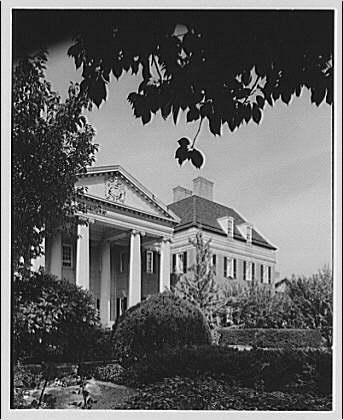
The WordPress.com stats helper monkeys prepared a 2014 annual report for this blog. Here’s an excerpt: A New York City subway train holds 1,200 people. This blog was viewed about 7,300 times in 2014. If it were a NYC subway train, it would take about 6 trips to carry that many people. Click here to […]
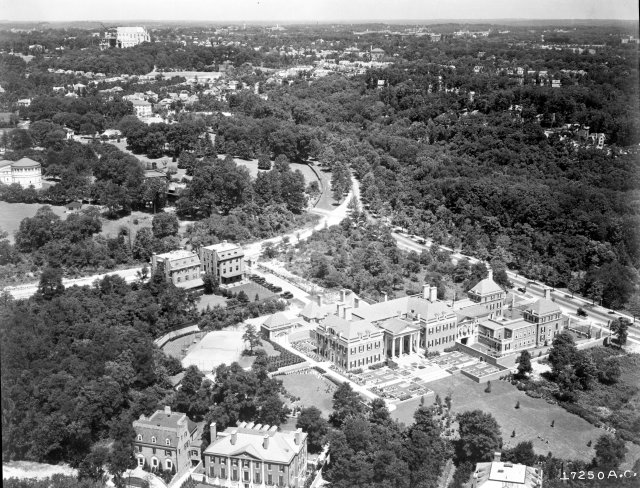
The previous entry in this website surveyed the District’s Gilded Age landscape with its Beaux-Arts architecture existing on Massachusetts Avenue before the British Chancery and Ambassador’s Residence arrived in the neighborhood. This was to address misinformation about and the perplexing view that the architect, Sir Edwin Lutyens, designed the United Kingdom complex in rural land […]
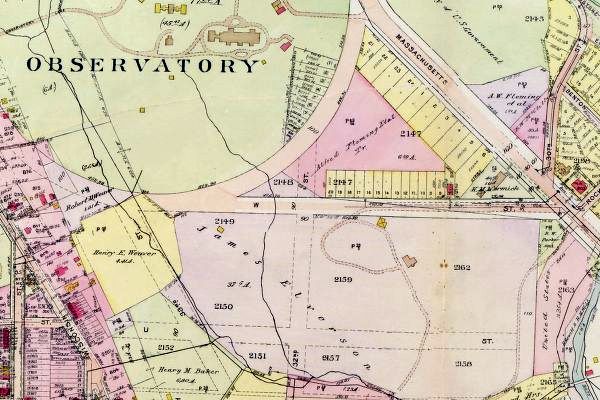
There persists the unfortunate belief in some publications that in the 1920s the government of the United Kingdom chose a remote site with “little civilization nearby” for their new Washington Embassy. While the British with their previous diplomatic building pioneered the countryside around Connecticut Avenue—with livestock pens and crumbling Civil War barracks for neighbors—that is […]

All of the three British ambassadors posted to the United States during the Thatcher years had a personal, practical interest in the gardens. Sir Nicholas Henderson (1979-82), was an avid gardener, who during his previous appointment to Paris displayed gardening exhibitions in the British Ambassador’s residence (such as one promoting garden tools). He came to […]
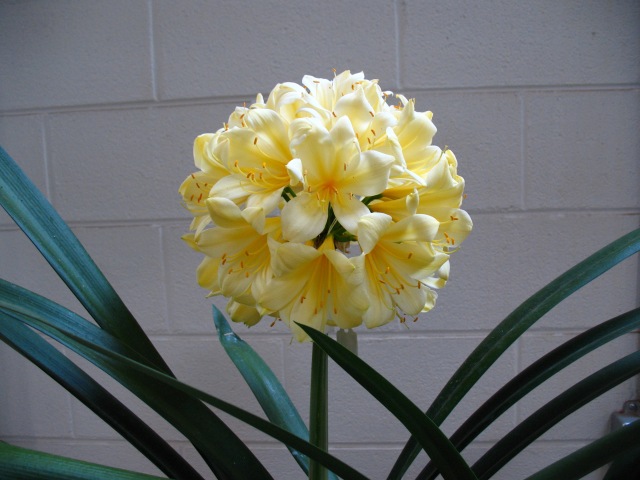
Prince Charles and Diana, Princess of Wales, came to Washington during their first United States trip as a couple in November 1985. There was overwhelming media attention at each appearance in the star-struck capital, which included the opening of the National Gallery of Art’s landmark exhibition, The Treasure Houses of Britain: 500 Years of Private […]
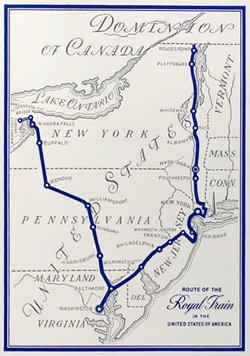
In Canada, the 75th anniversary of the Royal visit to North America is being honored this year with special commemorative coins and whiskey. In the United States, there has been little historical account of the jammed-packed two days in the District of Columbia and northern Virginia during the inaugural trip to North America of the […]

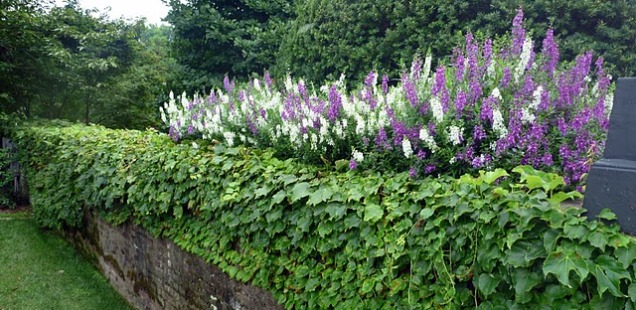
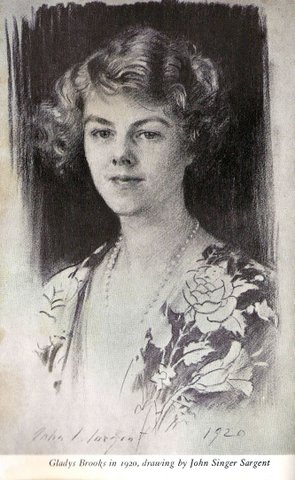
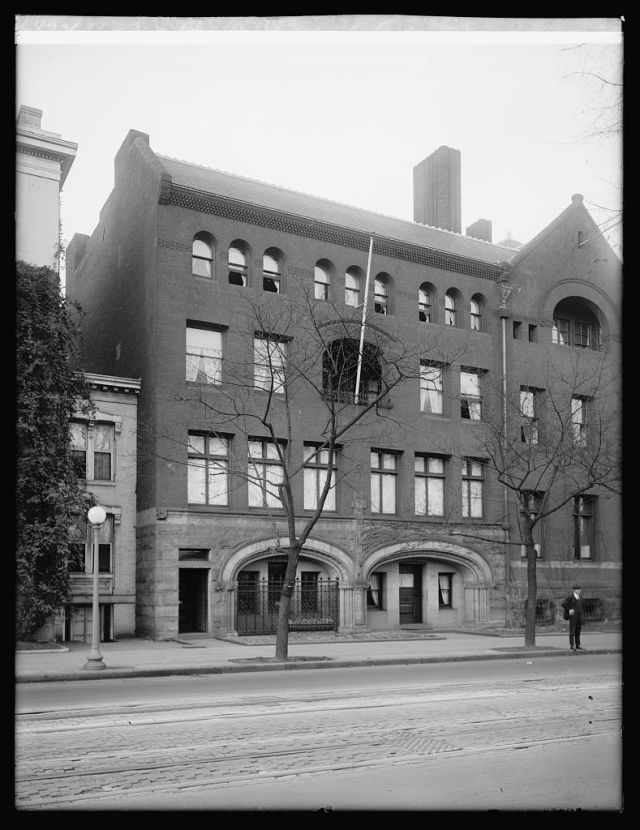
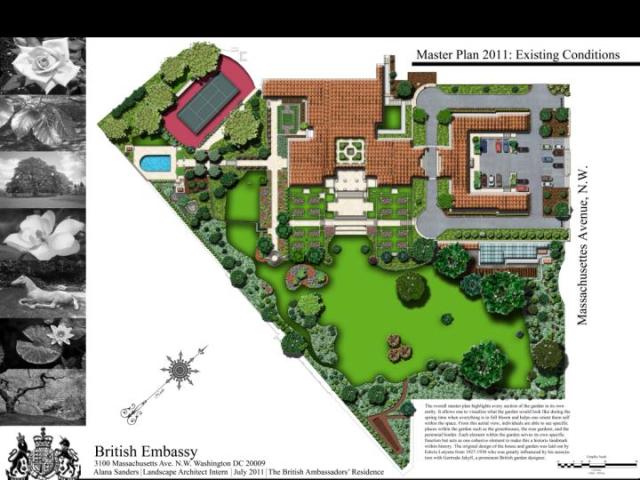
Recent Comments